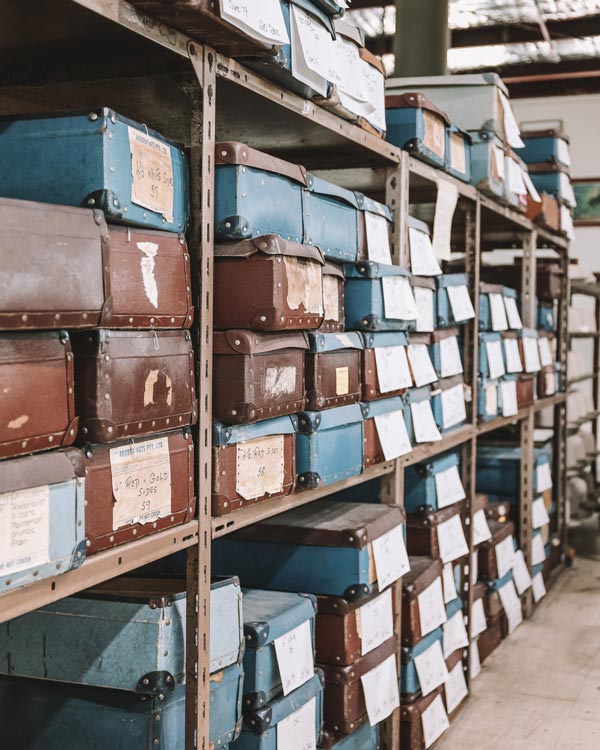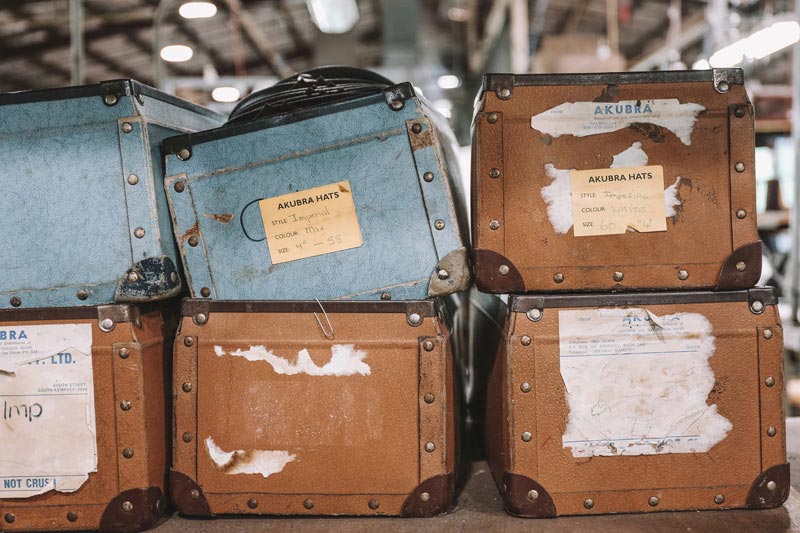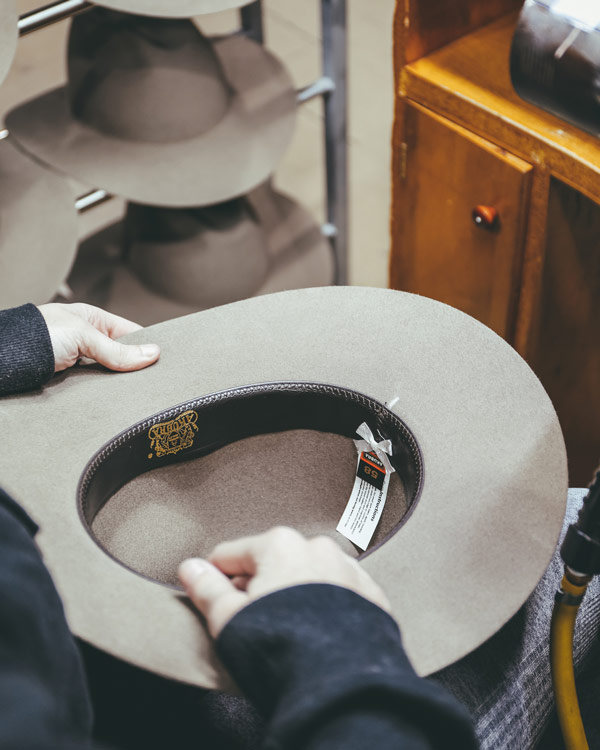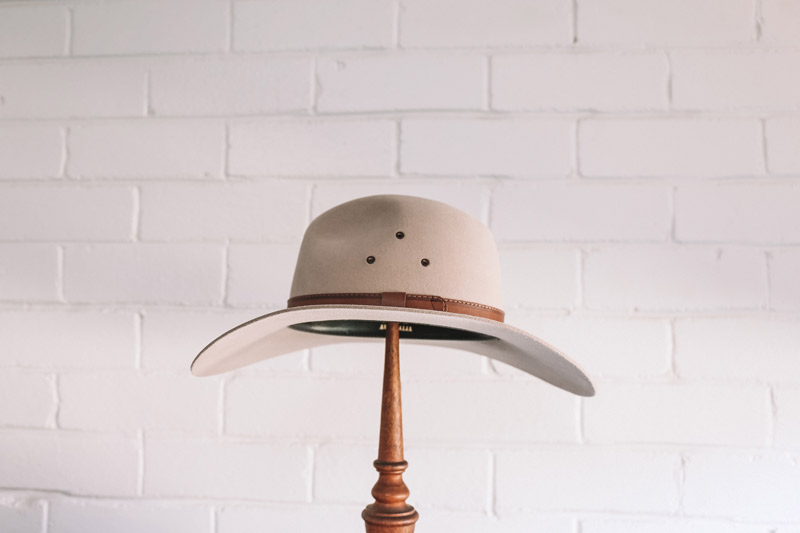
AKUBRA – FROM CROCODILE DUNDEE TO THE POWER OF SOCIAL MEDIA
“I single handedly put our recent success down to social media, it’s given us a chance to do things with a different generation of people. Kids in their teens and early twenties are now wearing our hats.”
Growing up in country NSW on a cattle and wheat farm, the Akubra was part of my family’s uniform. In two ways.
My Dad had his everyday Akubra. That crumpled up felt hat that would spring into form with a couple of fist punches in the right places, slightly out of shape from years of wear, perhaps a couple of stains from the sweat of the brow or the oil rig at the back shed. It would sit at the backdoor entrance, on a hook, waiting for its next adventure.
Then there was the ‘dress’ Akubra. That special hat that was kept in its box at the top of a cupboard. Waiting for the right occasion to come out and make a show. Always proud. Dad would wear this hat for the picnic races, important meetings and other special occasions.
For me, the day my parents gave me my first Akubra, was the day I felt like I was an important part of the family. It was a coming of age thing. I remember cherishing that hat, and it rarely left my side.
30 plus years on, my country living days are behind me. I don’t get much of an opportunity to wear my Akubra in the city. But every time I return home to visit my parents in Mudgee NSW, my Akubra rides shotgun with me, ready for whatever adventure ensues.
The Akubra is more than a hat to me. It is a symbol of an Australian way of life — the big open spaces, a climate often harsh and relenting, a camaraderie and mateship between neighbours and within communities, a support for one another.
It’s home to me.
So when Nikki McLeod, one of the Keir siblings, the fifth generation family owners of Akubra Australia, agreed to this interview I literally shed a tear of joy. What a privilege to hear from the makers themselves.
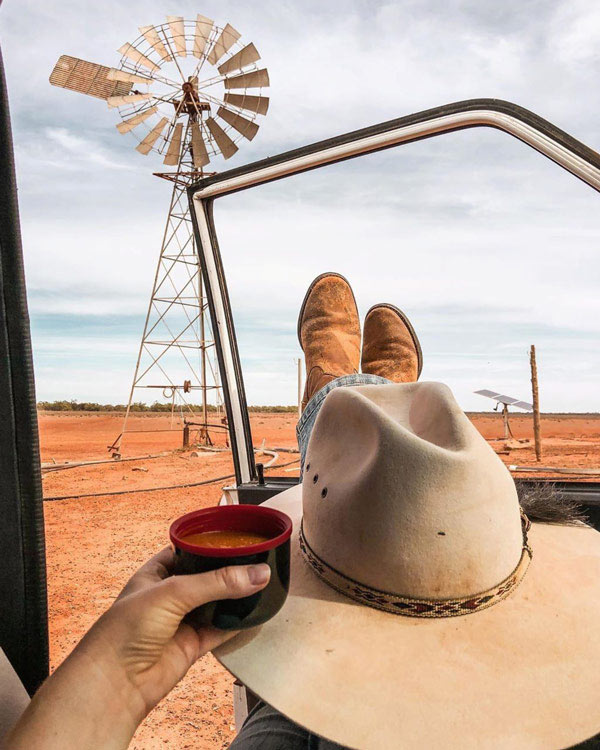
FROM THE BEGINNING
The Keir siblings — Stacey, Stephen and Nikki, share with me where it all began with Benjamin Dunkerley. He was an inventor and hat maker that came out from England to Tasmania to work in the fur industry. Benjamin moved to Sydney and started a business making felt hats from the furs. He invented the first rabbit fur-cutting machine in 1892 and found a way to speed up the rabbit-felt-hat-making process. The Keir’s great, great, grandfather worked for Benjamin, and married the boss’ daughter. That’s how they became involved.
From those early days to now, the Akubra hat structure hasn’t changed too much at all. There is now a diverse number of options and there’ve been adjustments to brim size and shapes based on what is in fashion (bigger seems to be better these days), but essentially the bones of the hat are the same.
The Akubra started out as a city hat. Everyone in the city wore a hat every time they went outside, including women. The uptake of the hat in rural areas emerged later.
Women only stopped wearing hats when the hairdresser became a thing. Getting your hair done at a salon or wearing a beehive didn’t work well with a hat!
The hat may come in and out of fashion, in different ways, but human beings still hold a great fascination for the hat. Hat making is certainly not a dying art.
THE FAMILY BUSINESS
The Keir kids grew up between Sydney and Kempsey, following their father, Stephen Senior, as he expanded the Akubra operations with a new factory at Kempsey. In 1974 the government was decentralising businesses and the Akubra headquarters at Waterloo were getting too small. Kempsey had a great unemployment rate, it was on a railway line, and was known as a beautiful coastal town. It made sense to Stephen Keir senior. He began the process of building the new factory and moved his family up there 18 months later.
Stacey, Stephen and Nikki went to boarding school in Sydney but every holiday, the Akubra factory became their playground and their education.
Even though all three kids worked at the factory as holiday jobs for pocket money, there was never any expectation for them to enter the family business.
When Stephen finished school he stayed on in Sydney playing rugby and working for a company unloading and loading trucks. After 2 years of this he thought, ‘we’ll I had better go home and help.’ That was 31 years ago. There wasn’t any grand decision, it just happened.
Stacey shares that she didn’t ever feel there was a place for her and Nikki in the business until their Dad got sick with emphysema. When this happened Stacey and Nikki were invited to become a part of the board. This was such a huge learning curve for them both.
“It taught me to really listen,” shares Stacey. I had opinions going into these meetings, but after listening to every member’s perspective on a topic I would often think to myself, thank goodness I didn’t speak too soon. Running this business is a truly collaborative experience.”
All three siblings agree that it was vital to the future success of the business having time with their Dad on the board, understanding how he liked to run things, learning the ropes from him before he finally passed away.
Just before Stephen Senior passed, it became clear that the business would be handed down to the three of them in equal rights, which blew Nikki away. This was foreign to what she thought was perhaps the right thing, the business having been in sole ownership for so long.
The Keir siblings have navigated co-ownership with respect and care and they have become a formidable team. They all know their strengths and their place. It took them a while to find their feet but they are solid.
“We all like to know our little box,” shares Stacey.
“You couldn’t say there are many people in the world like Stevo, he knows every aspect of the business inside out when it comes to the manufacturing. From the sourcing of the fur to the making of the hats, you could ask him any question and he knows the answer. Nikki and I do a great job of supporting Stevo in many different ways,“ explains Stacey.
They might not always agree on everything, and often have disagreements in the board meetings, but when they walk out of those meetings they still all talk to each other.
“I’ve been wrong, Stacey’s been wrong, Nikki’s been wrong, Dad’s been wrong,” smiles Stephen. “Luckily when we are wrong we have people around us to guide us in what might be right.”
Having a board made up of six people has been instrumental to their success.
“We get very narrow minded sometimes because that’s what we do and that’s what we think and sometimes these other people bring a completely different perspective to the table. Having diverse voices is a good thing,” Nikki further explains.
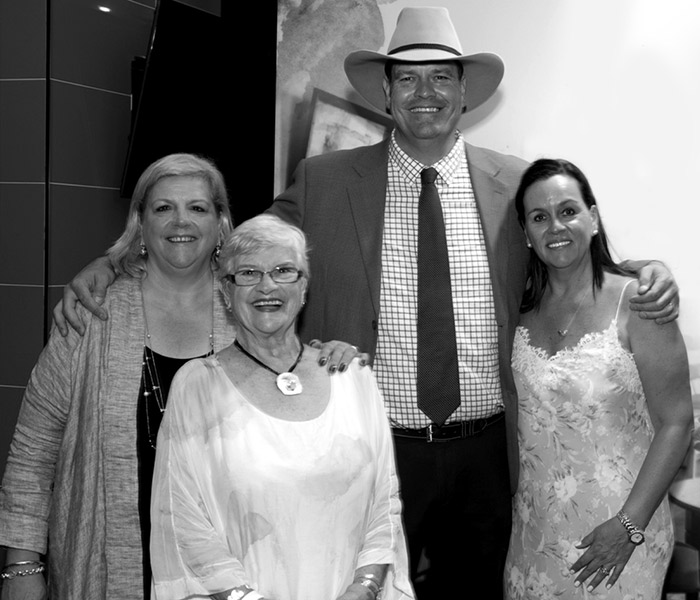
TIMES HAVE CHANGED
Stephen Senior made sure that work stayed at work and family time was family time. He would hang his hat on the gate at 5pm, clock off from work and as they all sat around the dinner table there was never ever any mention of work.
I ask Stephen (junior) if this is till the case.
“I’d like it to be that way but unfortunately nobody leaves me alone!” he laughs.
Now with technology and the fact that they deal with 12 countries around the world it’s not really possible to have that separation. People aren’t patient anymore. Suppliers and customers want answers immediately. Stephen has to turn his phone off when he goes to bed, otherwise he would get phone calls well into the early hours. Everything that goes with freighting to other territories is hard. Stephen remembers when he first started working in the business they had a fax machine and occasionally you would get a request on the fax. How times have changed.
Stephen recognises that this is a good thing for business opportunity but sometimes you just want to finish for the day and not talk work.
Not a real thought he knows, but if there was ever a world where he could just make hats, that would be pure bliss.
GROWING UP IN AN ICONIC COMPANY
Growing up Stacey, Stephen and Nikki never realised that they were part of something iconically Australian – something special.
“Dad made hats and that was weird,” shares Nikki.
When Nikki was at boarding school, all her friends’ parents had farms so having a hat making dad wasn’t the norm.
And beyond that her parents were always very humble. They wouldn’t tell people they owned Akubra, only that they made hats. Most people thought the Keir’s worked in a hat factory.
And this humble attitude lives through the children today.
They still downplay their position in the world. All three of them still don’t tell people they meet that they own Akubra.
Nikki recalls the only time she has ever actually declared that her family owns Akubra…
“I was in Turkey, staying in this gorgeous hotel wearing my Akubra, when a man walks up to me and says ‘you have the same hat as me, I collect these hats.’ I was so surprised that I declared to him ‘oh wow my family owns Akubra.’ They sat for four and half hours and had the most wonderful chat.”
The Keir siblings, just like their parents before them, believe in equality.
When Stephen Senior would go to the pub, he would talk to everybody from the workers to the business owners. He would get a broad perspective of the world. This broad mindedness meant a lot of good things happened for Stephen in his life. People loved him, and when you’re well loved people are generous.
Stephen likens it to the original networking. You don’t tell people who you are so there is no false perception. This way you make some really great connections.
“I have had some experiences where people don’t want to know you, and then all of a sudden they find out you are the owner of Akubra hats and they are all over you,” shares Stephen.
The family prefers to build genuine connections, not connections based on the fact they own Akubra.
AN ARTISAN
To make an Akubra hat it takes six to eight weeks. No cutting corners. No quick fixes. Although this might seem like an anti-commercial approach to business for some, Stephen tells me that this is the romance in what they do. It’s pure craftsmanship and it’s why people love them.
“A lot of the machinery we use is 100 years old. In some ways it’s very antiquated. It’s like walking into a functioning museum,” shares Nikki.
There’s 135 staff, many who have been with the company for decades, and eight specialist supervisors to look after each part of the hat making process.
The process starts with rabbit fur and using pressure, heat and water the hat slowly takes shape. During the making of the finished hat it is handled more than 60 times. It’s a very hands-on approach to make every Akubra hat very special.
In a world where craftsmanship and story is the new luxury, the Akubra is coming into its own.
WINNING THE AUSTRALIAN MILITARY ACCOUNT
Over the years Stephen Senior and his Dad before him tried many, many times to win the account to make the hats for the Australian military. Every time they made the request it was a no. Eventually Stephen Senior said ‘forget it, we are not going to put tenders in anymore.’
One of Stephen’s greatest memories of his 31 years in the business is the day he finally won the account. It was a huge moment for the company. Not only did it mean the national service men and women would be wearing the Akubra hat, it meant a standard 25,000 hat order every year which created a regular and reliable income for the business.
They had a moment where Tony Abbott, who was opposition leader at the time, came to the factory and Stephen and Roy had a chat with him in the office. They laid out their case as to why the military needed an Australian made hat. Within six months, a new tender came about which stipulated that Australian made was essential. Akubra basically got 100% of the military contract for seven years, with three one year options.
It was a big win.
TACKLING SOCIAL MEDIA & DIGITAL
Times change, culture changes, technology changes.
And so the mindset and practices of business owners also needs to change.
Stephen shares… “I single handedly put our recent success down to social media, it’s given us a chance to do things with a different generation of people. Kids in their teens and early twenties are now wearing our hats, because they see things on social media. We’ve built 101,000 followers on Instagram and Facebook. This digital age is really quite incredible.”
When e-commerce became a thing Stephen wanted to start an online store which his father and the board at the time were against. They just didn’t understand it.
“I didn’t even understand it but I just knew it was the way to go. Today we have an online store and it’s absolutely amazing. Our sales manager started it five years ago and it’s growing every year. I’m not even computer literate, I’m surprised when I can manage to turn a computer on, but I recognise where things are headed.”
Although the Akubra team are known for being slow and steady, they also recognise when it’s important to adapt the new.
THE AMERICAN THING
The Keir family have been selling Akubras to Americans via a distributor since the 60s. But the real tipping point into the US market was the iconic Australian film Crocodile Dundee. Paul Hogan wearing his Akubra in the movie (and often nothing else, does everyone remember that bath scene?!) had a huge influence on the US market. Americans at that time wanted everything and anything they could get their hands on from Australia. They developed a real fascination with Aussie products, and Akubra rode the wave of that fascination. The 80s became the hay day.
“It was just purely good luck,” shares Stephen. “I hadn’t seen Paul Hogan wear one of our hats prior to the movie. I used to always watch his TV show. For whatever reason he was wearing our hat in the filming of the movie. Just good old fashioned luck.”
The same thing happened with the Man from Snowy River and Phar Lap. All three movies came out around the same time, all featuring the Akubra hat.
Over the years famous people have been drawn to the Akubra hat. Hugh Jackman started wearing an Akubra. Kim Kardashian also. This was never engineered by the Keir’s, it just happened.
It would appear some kind of hat god shines over the Keir family. Or maybe it’s the fact that they have a product of true craftsmanship and if you couple that with their working class humble attitude and generosity as a family, good luck gets returned to them in spades.
The Akubra is part of Australian folklore, it’s a product made with care, love and dedication. It’s Australia at its best, and the world now wants to be part of this iconic story.
Learn more about Akubra.
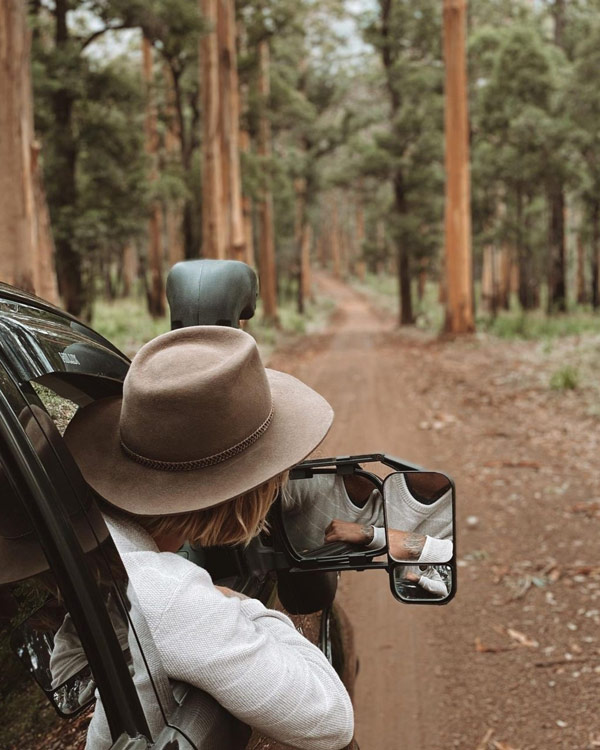
OTHER STORIES
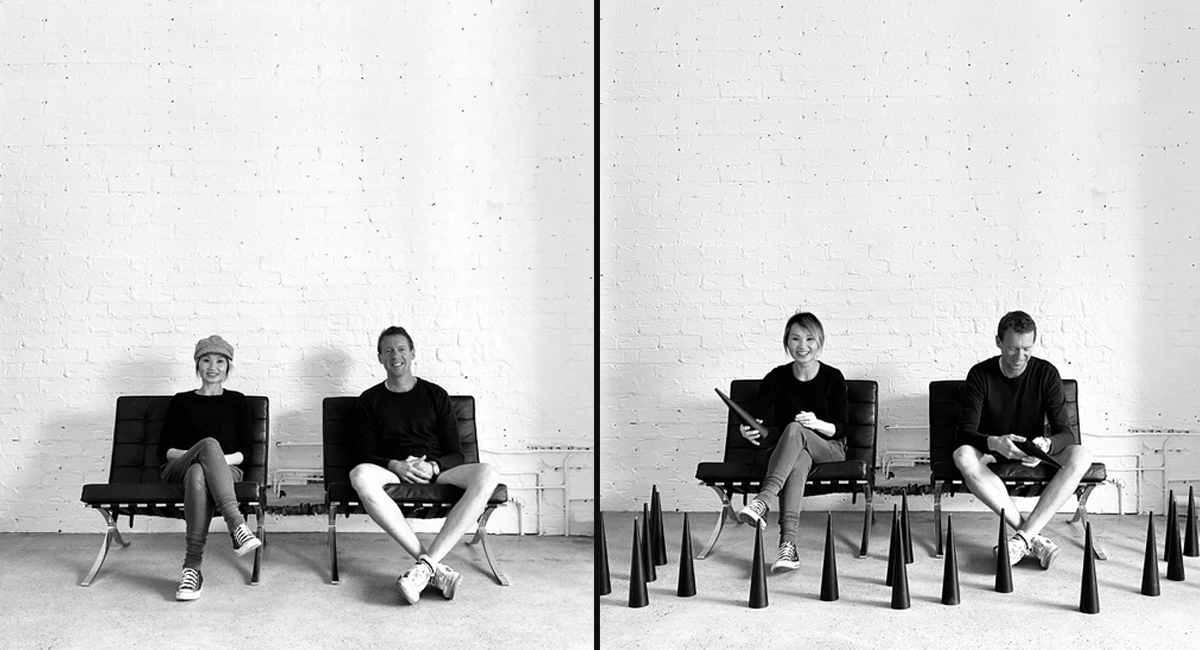
A SLOW BURN ROMANCE BIRTHS A FAST GROWING CANDLE COMPANY
When Winnie and Rik finally started dating, after a year of ‘friendship zone’, they didn’t realise that their coming together was also the birth of one of Australia’s most respected artisans brands.
read more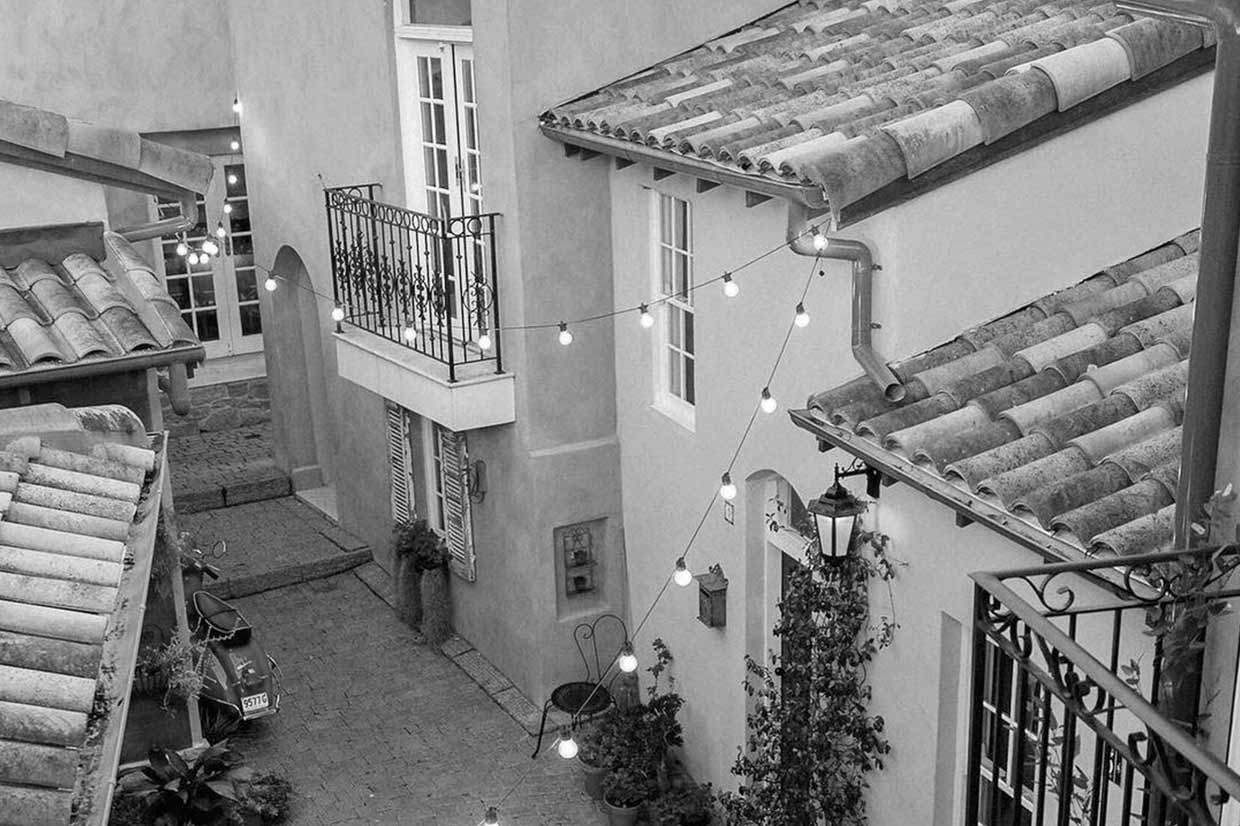
THINGS WE LOVE: GUESTLANDS
New South Wales is free! Which means it’s time to explore our region. We’ve found a Tuscan-inspired getaway just 40 minutes from Sydney CBD that’s sure to have you thinking you’ve hopped a flight in Europe.
read more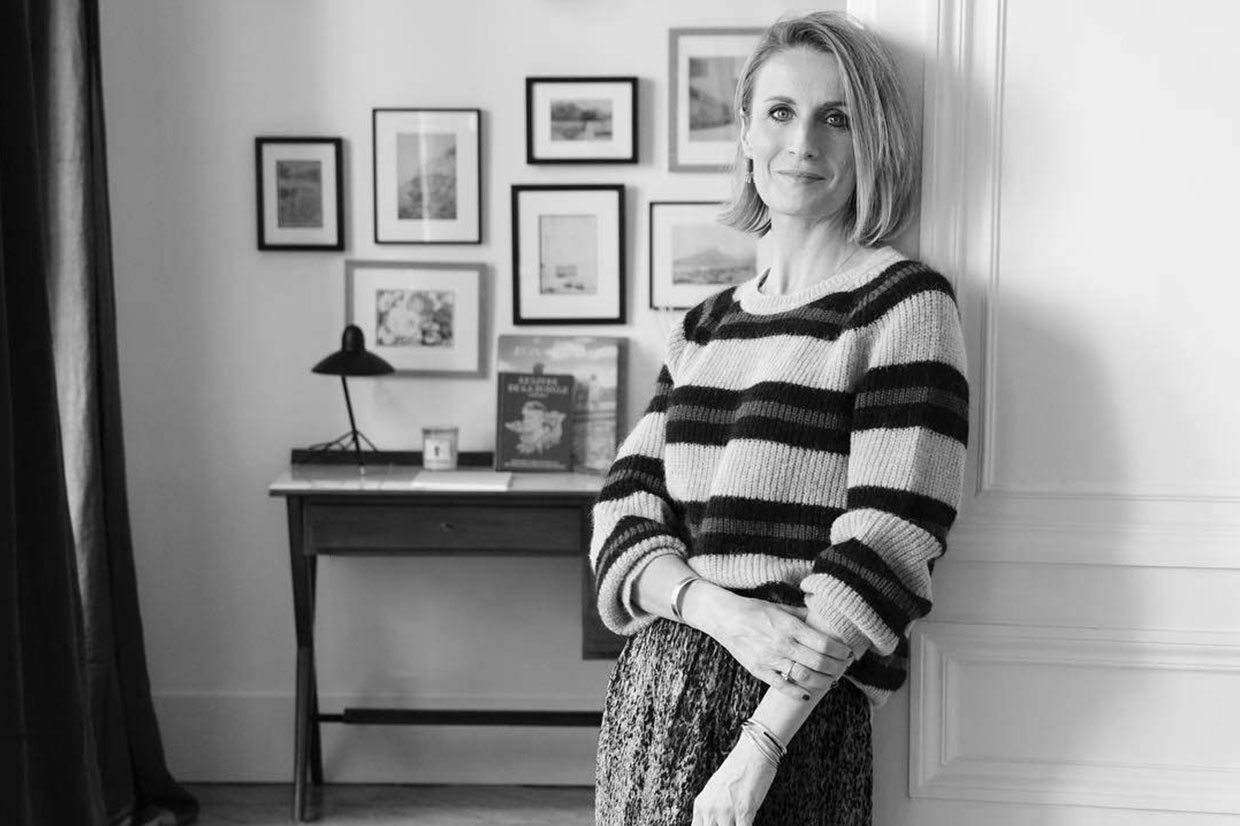
IT’S A SMALLABLE WORLD AFTER ALL…
Sustainable, ethical and beautiful brands for kids and women, handpicked from all over the world—all in one place, accessible for everybody. That’s the Smallable promise, and here’s the Smallable story…
read more
